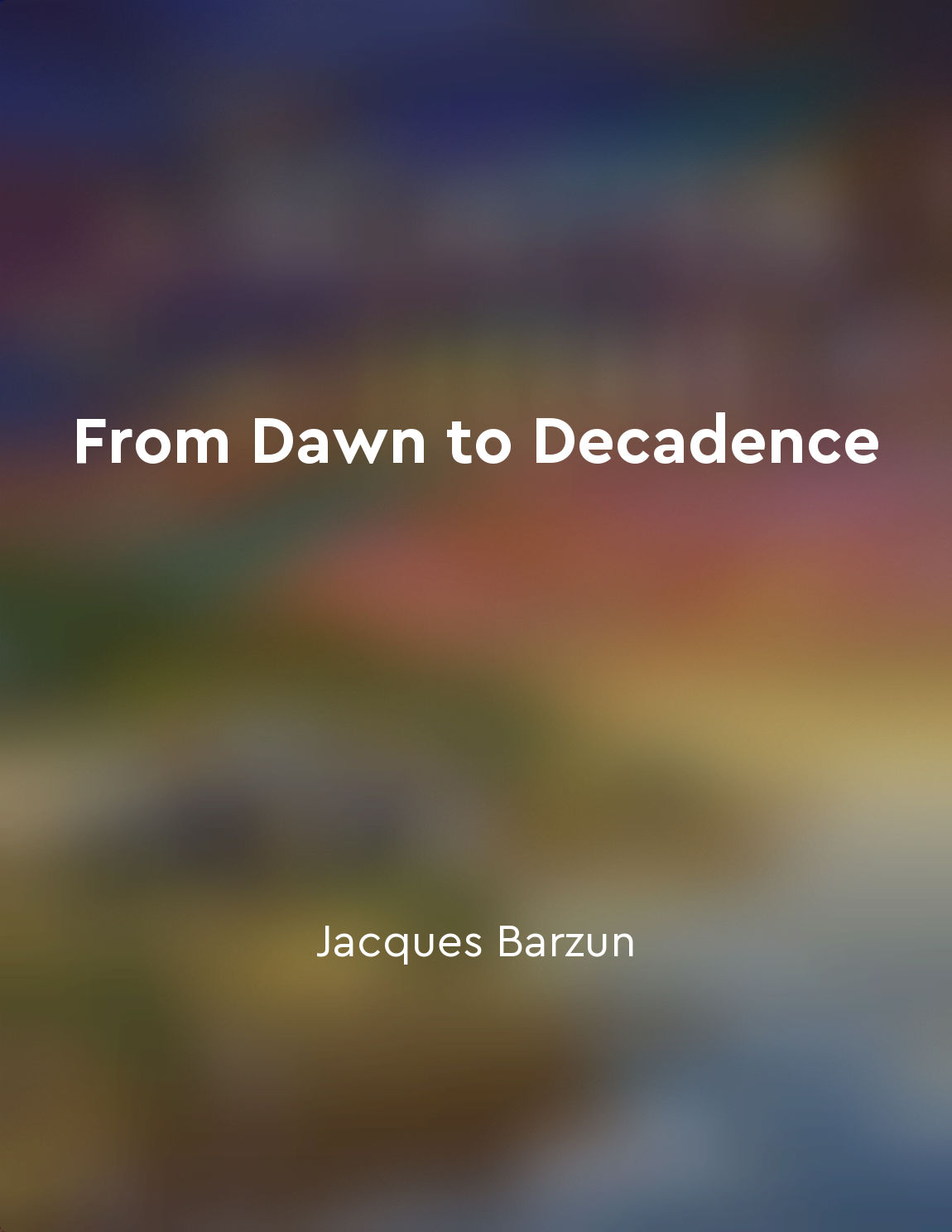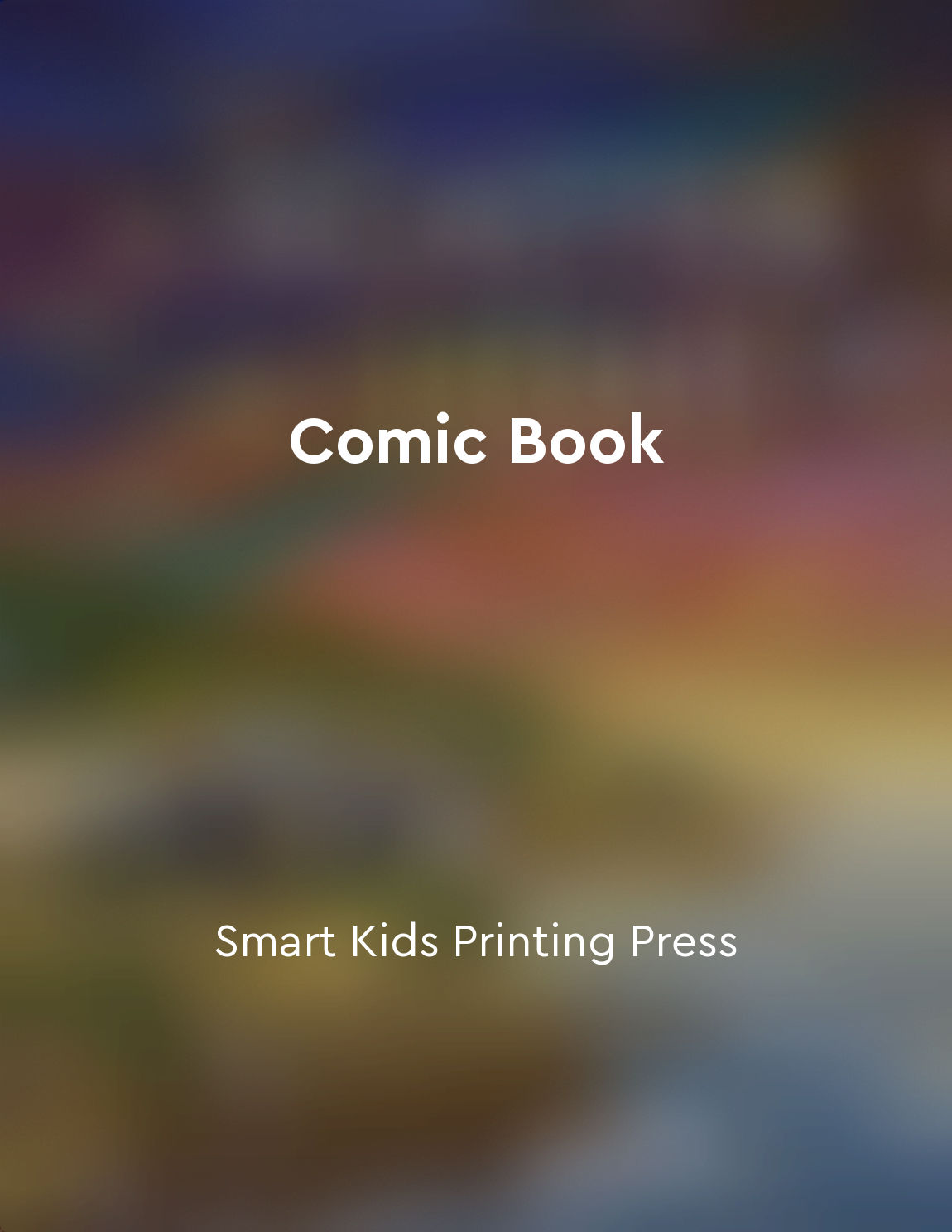They combine elements of literature and visual arts from "summary" of 1,000 Artists' Books by Sandra Salamony,Peter and Donna Thomas
Artists' books are unique creations that blur the lines between literature and visual arts. These books are not just about telling a story or conveying information through words; they are about the fusion of text and imagery to create a multi-dimensional experience for the reader. In these books, the words on the page are as important as the images that accompany them, working together to convey a message or evoke an emotion in a way that neither could achieve on their own. The combination of literature and visual arts in artists' books allows for a rich and dynamic storytelling experience. Through the use of illustrations, photographs, collages, and other visual elements, artists are able to enhance the narrative of their books and engage the reader on a deeper level. The visual elements serve to complement and enhance the text, adding layers of meaning and interpretation to the overall work. One of the key features of artists' books is their tactile and interactive nature. Unlike traditional books, which are meant to be read in a linear fashion from cover to cover, artists' books often invite the reader to interact with the pages in a more hands-on way. This might involve unfolding intricate pop-up structures, flipping through accordion-style pages, or exploring hidden compartments that contain additional layers of content. The marriage of literature and visual arts in artists' books opens up endless possibilities for creative expression. Artists are free to experiment with different mediums, techniques, and formats to bring their unique vision to life on the page. Whether through hand-lettering, printmaking, or digital design, each artist brings their own artistic style and sensibility to the creation of their books, resulting in a diverse and eclectic collection of works that push the boundaries of what a book can be.Similar Posts
Honing skills through practice and feedback
Developing strong graphic design skills requires a commitment to practice and openness to receiving feedback. The process of ho...

The decline of traditional morality
The decline of traditional morality is a phenomenon that has been witnessed throughout history, but perhaps never as pronounced...
The quality of art lies in its intrinsic value
The value of art, according to Greenberg, does not lie in its external factors such as market price or popularity. Instead, the...
Beauty is a source of pleasure and inspiration
The feeling of pleasure that arises from the contemplation of beauty is not merely a subjective response; it is grounded in a u...

Exploring digital tools for creating comics
In the world of comics, technology has opened up a whole new realm of possibilities for creators. With the advent of digital to...
